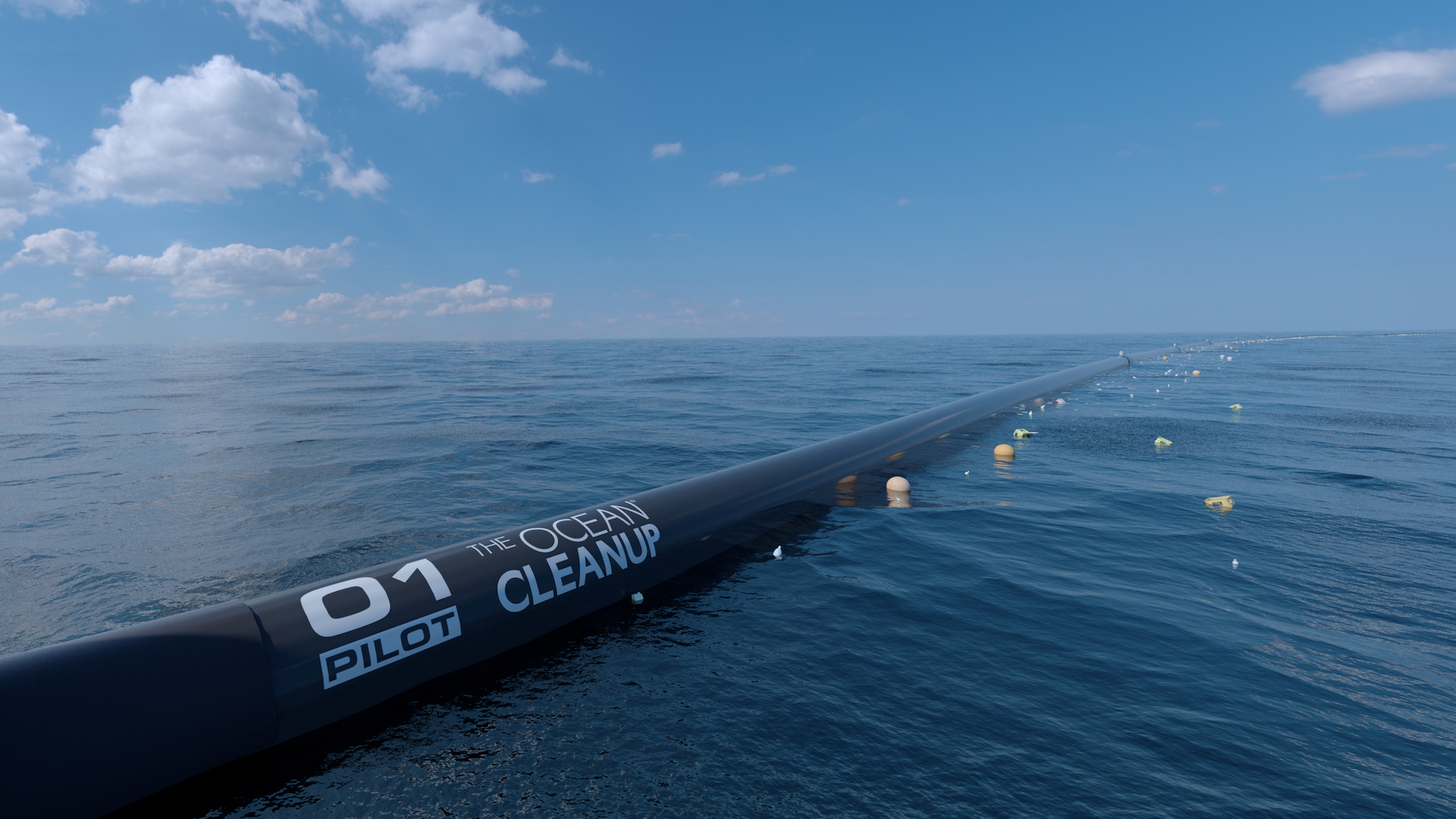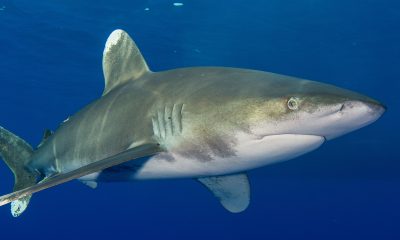News
The Ocean Cleanup raises USD 21.7 million to start Pacific cleanup trials

The Ocean Cleanup, the Dutch foundation developing advanced technologies to rid the oceans of plastic, has announced that it has successfully raised USD 21.7 million in donations since last November. This latest funding round brings The Ocean Cleanup’s total funding since 2013 to USD 31.5 million.
The Ocean Cleanup was founded in 2013 by then 18-year-old Boyan Slat and now employs approximately 65 engineers and researchers. Over the past four years, the foundation has been developing a passive plastic capturing technology, which uses the ocean currents to catch and concentrate the plastic using a network of long floating barriers that act like an artificial coastline. This will reduce the theoretical cleanup time of the Great Pacific Garbage Patch from millennia to years.
The Ocean Cleanup aims to launch its first experimental cleanup system in Pacific waters by late 2017. It will represent an important milestone on the road to the full-scale cleanup of the world’s oceans.
This latest significant funding round is led by San Francisco-based philanthropists Marc and Lynne Benioff and an anonymous donor. Other supporters include the Julius Baer Foundation, Royal DSM, and Silicon Valley entrepreneur/investor Peter Thiel.
“Lynne and I are thrilled to support The Ocean Cleanup’s important goal of eliminating plastic in our oceans,” said Marc Benioff, Chairman and CEO, Salesforce. “With Boyan’s innovative leadership, I believe The Ocean Cleanup will have an incredibly positive impact on the future of our oceans. I hope other leaders will join us in supporting these efforts.”
Boyan Slat, Founder and CEO of The Ocean Cleanup, stated: “Our mission is to rid the world’s oceans of plastic, and this support is a major leap forward towards achieving this goal. Thanks to the generous support of these funders, the day we’ll be returning that first batch of plastic to shore is now in sight.”
For more information visit www.theoceancleanup.com
Photo Credit: Erwin Zwart / The Ocean Cleanup
News
Dive Worldwide Announces Bite-Back as its Charity of the Year

Over the next 12 months, specialist scuba holiday company Dive Worldwide will be supporting Bite-Back Shark & Marine Conservation with donations collected from client bookings to any one of its stunning dive destinations around the world. The independently-owned operator expects to raise £3000 for the UK charity.
Manager at Dive Worldwide, Phil North, said: “We’re especially excited to work with Bite-Back and support its intelligent, creative and results-driven campaigns to end the UK trade in shark products and prompt a change in attitudes to the ocean’s most maligned inhabitant.”
Bite-Back is running campaigns to hold the media to account on the way it reports shark news along with a brand new nationwide education programme. Last year the charity was credited for spearheading a UK ban on the import and export of shark fins.
Campaign director at Bite-Back, Graham Buckingham, said: “We’re enormously grateful to Dive Worldwide for choosing to support Bite-Back. The company’s commitment to conservation helps set it apart from other tour operators and we’re certain its clients admire and respect that policy. For us, the affiliation is huge and helps us look to the future with confidence we can deliver against key conservation programmes.”
To launch the fundraising initiative, Phil North presented Graham Buckingham with a cheque for £1,000.
Visit Dive Worldwide to discover its diverse range of international scuba adventures and visit Bite-Back to learn more about the charity’s campaigns.
MORE INFORMATION
Call Graham Buckingham on 07810 454 266 or email graham@bite-back.com
Gear News
Scubapro Free Octopus Promotion 2024

Free Octopus with every purchase of a SCUBAPRO regulator system
Just in time for the spring season, divers can save money with the FREE OCTOPUS SPRING PROMOTION! Until July 31st SCUBAPRO offers an Octopus for free
with every purchase of a regulator system!
Get a free S270 OCTOPUS with purchase of these combinations:
MK25 EVO or MK19 EVO with A700
MK25 EVO or MK19 EVO with S620Ti
MK25 EVO or MK19 EVO with D420
MK25 EVO Din mit S620Ti-X
Get a free R105 OCTOPUS with purchase of the following combinations:
MK25 EVO or MK19 EVO with G260
MK25 EVO or MK17 EVO with S600
SCUBAPRO offers a 30-year first owner warranty on all regulators, with a revision period of two years or 100 dives. All SCUBAPRO regulators are of course certified according to the new European test standard EN250-2014.
Available at participating SCUBAPRO dealers. Promotion may not be available in all regions. Find an authorized SCUBAPRO Dealer at scubapro.com.
More information available on www.scubapro.com.
-

 News3 months ago
News3 months agoHone your underwater photography skills with Alphamarine Photography at Red Sea Diving Safari in March
-

 News3 months ago
News3 months agoCapturing Critters in Lembeh Underwater Photography Workshop 2024: Event Roundup
-

 Marine Life & Conservation Blogs3 months ago
Marine Life & Conservation Blogs3 months agoCreature Feature: Swell Sharks
-

 Blogs2 months ago
Blogs2 months agoMurex Resorts: Passport to Paradise!
-

 Blogs2 months ago
Blogs2 months agoDiver Discovering Whale Skeletons Beneath Ice Judged World’s Best Underwater Photograph
-

 Gear Reviews2 weeks ago
Gear Reviews2 weeks agoGEAR REVIEW – Revolutionising Diving Comfort: The Sharkskin T2 Chillproof Suit
-

 Marine Life & Conservation2 months ago
Marine Life & Conservation2 months agoSave the Manatee Club launches brand new webcams at Silver Springs State Park, Florida
-

 Gear Reviews3 months ago
Gear Reviews3 months agoGear Review: Oceanic+ Dive Housing for iPhone
















